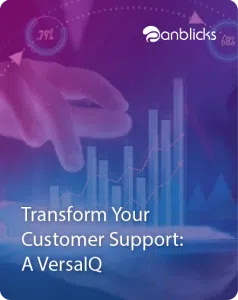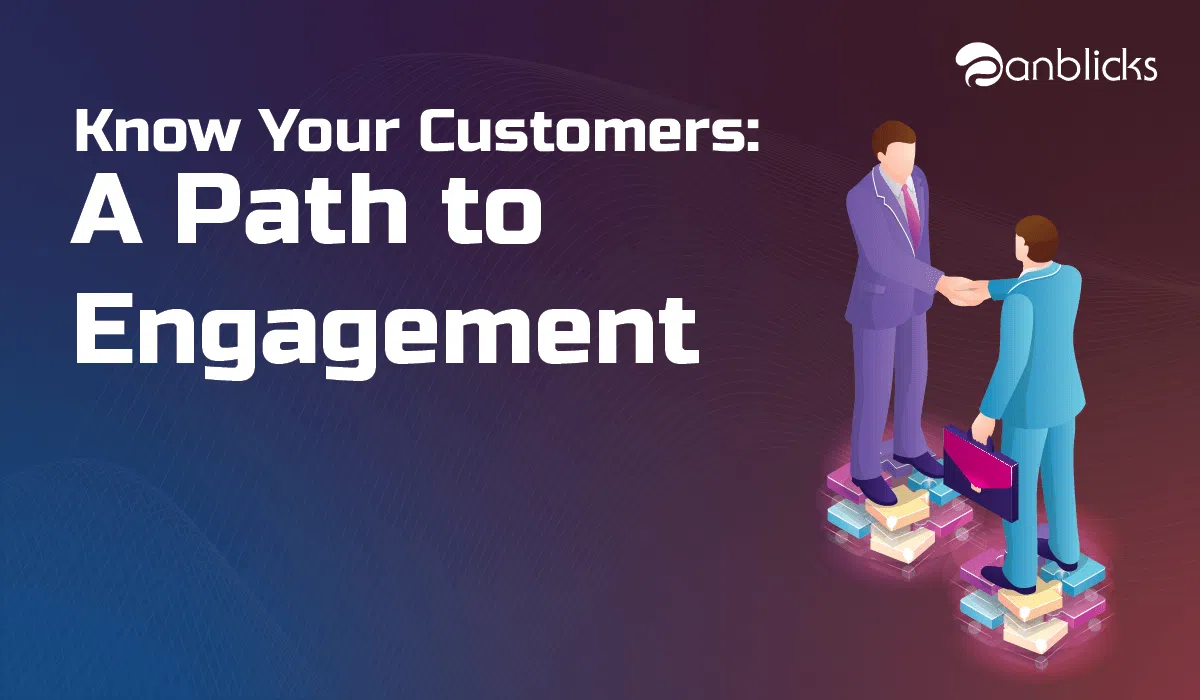TL;DR
- Effective customer understanding requires analyzing data and behavior patterns.
- Engaging customers involves personalized communication and feedback mechanisms.
- Continuous improvement in engagement strategies is essential for long-term relationships.
“The easiest way to grow your customers is not to lose them” is conventional business wisdom. This hypothesis is validated and re-validated by several studies.
Customer retention is how well the customers STAY and STAY ENGAGED with the organization or with specific products and services. Managing the customer retention rate is an incredibly important part of growing a sustainable business.
The distinction between a business that sustainably grows long-term, and one that flames out and dies, often comes down to just three words: “Customer Lifetime Value.” Once we recognize the total aggregate profit our customer represents over the lifetime of their business, we will realize the importance of taking good care of our customers by just understanding how much time, effort and expense we invest in retaining them.
Let us look at a few strategies to target our current customers and maintain them long-term.
1. Implementing customer loyalty programs and incentives: It is essential to gain customers’ trust and build customer loyalty as it has two benefits: (1) a frictionless user experience, and (2) actionable insights for three transaction criteria: recency, frequency, and value.
Re-contacting and reminding them of our existence, finding out why they’re no longer buying, overcoming their objections and demonstrating that you still value and respect them will usually result in a bounty of sales and increased revenues and will lead to some of our most loyal customers.
2. Setting and Exceeding Customer Expectations by retaining product or service integrity
Setting the customer expectations early and a little lower than we can provide is essential to eliminate uncertainty about the level of our service. The design, build quality, reliability, and serviceability of our product or service must be of the standard our customers want, need and expect.
3. Frequent Communications Calendar
A rolling calendar of communications like a programmed sequence of letters, events, phone calls, “thank you’s”, special offers, follow-ups, magic moments, and cards or notes with a personal touch etc. on which people not only respond positively, they really appreciate it because they feel valued and important. It acknowledges them and keeps them informed.
4. Using social media to build customer relationships
Our clients are online, so let’s start building relationships with them while they are glued to their computer screens. Use LinkedIn, Twitter, and Facebook to connect and communicate with customers and give them a space for sharing experiences with our company, so they can become brand ambassadors in a way that fosters trust
5. Understanding the value of customer complaints
96 percent of dissatisfied customers don’t complain. Whilst they may not tell you what’s wrong, they will certainly tell plenty of others. A system for unearthing complaints can, therefore, be the lifeblood of our business as it endows us another opportunity to return them to a state of satisfaction and the manner in which we respond create even greater customer loyalty.
6. Implement customer feedback surveys
Customer feedback surveys are valuable for learning how our service is performing in relation to our client’s expectations which helps in avoiding customer churn.
More important, companies are finding that customer profitability tends to increase over the life of a retained customer, so employing customer retention strategies is a worthwhile use of company resources.
Check Customer Experience Platform – an advanced analytics solution to help you implement effective Customer Acquisition, Retention, and Engagement.

Anblicks is a Data and AI company, specializing in data modernization and transformation, that helps organizations across industries make decisions better, faster, and at scale.




